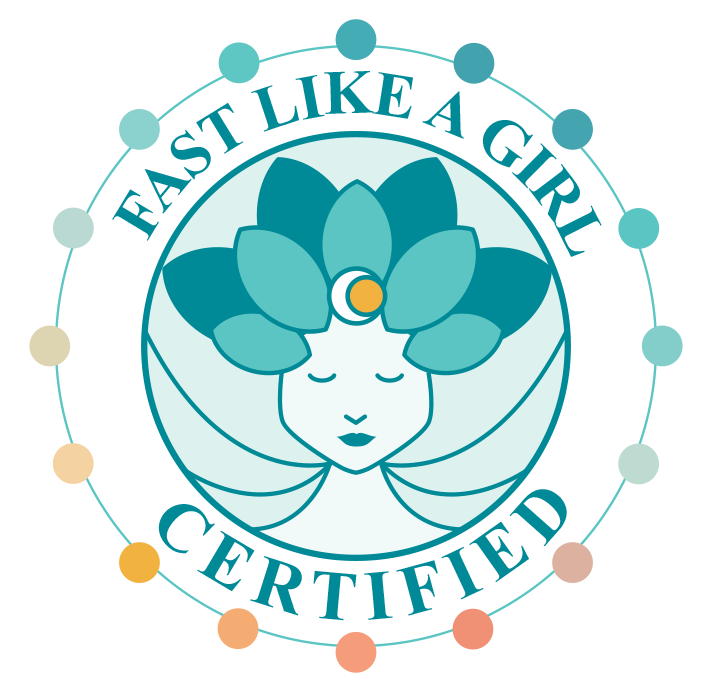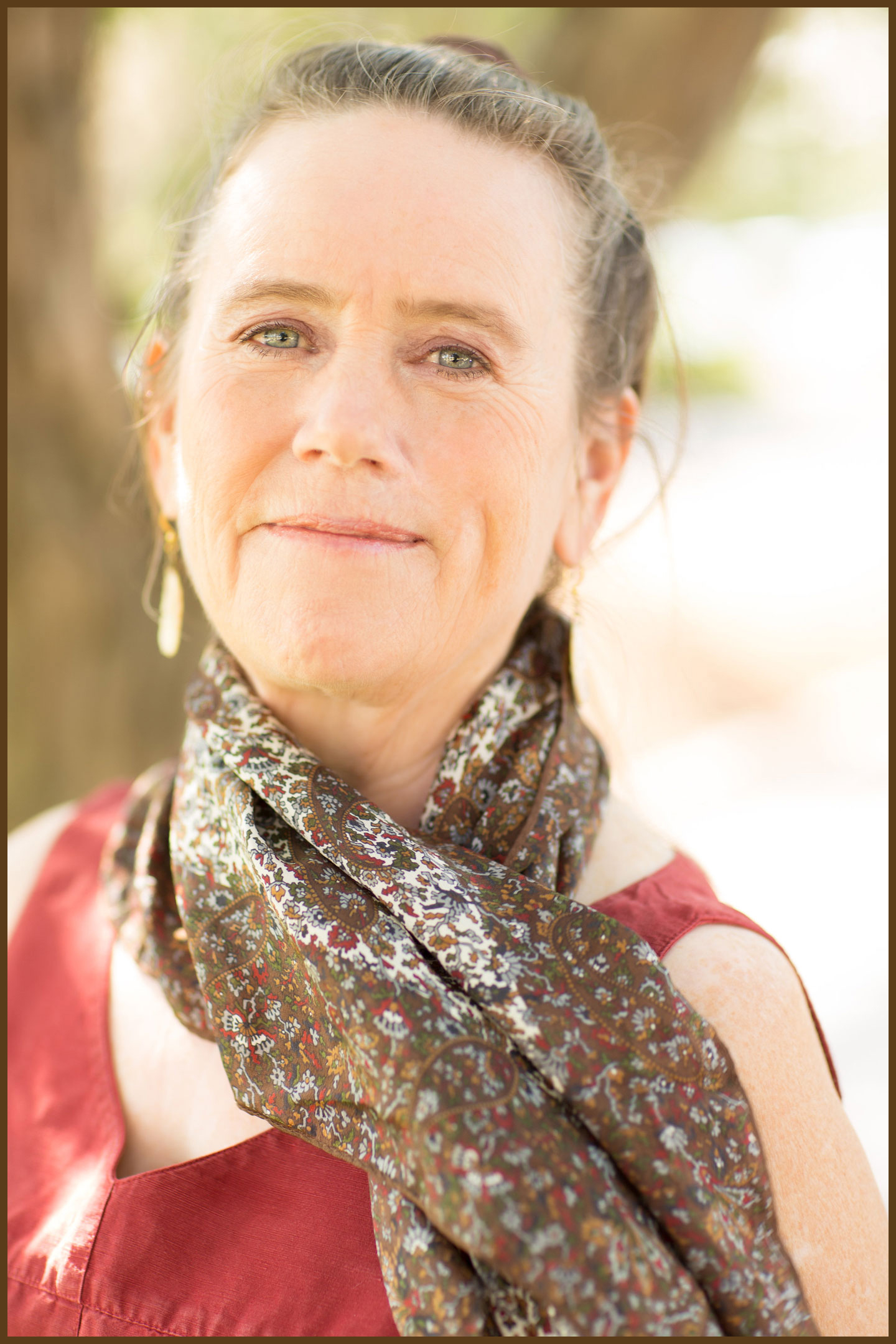Do you exercise? Why?
Women over 35 often exercise to lose weight, keep it off, and look good. Some do it for the endorphin high. Is either of those you?
The good news is that you may need less exercise than you think to burn fat. On the other hand, optimal fat burning can be achieved with more daily movement. But that is not the only benefit of moving throughout the day.
Our ancient Grandmothers
We can learn something of our hunter-gatherer ancestors by studying the modern Hunza tribe.
In that tribe, the women past child-bearing years walk three to nine miles a day; they are on the move all the time. They take several of the younger members of the tribe such as toddlers. Sometimes they may be carrying them on their backs, creating a load.
Their job is finding tubers with the group. Once they find them, they have to squat down to the ground to dig them out. Also, when they’re at rest, they’re in a squatting position. In addition, they had to use their grip strength to be able to dig to get the tubers out.
And then they brought them home to the tribe to help keep everyone alive, probably carrying them on their backs.
How that applies to us
These are the four things we are adapted to doing as human beings. Turns out that experts in health and fitness have equivalent advice for us.
ONE – Frequent everyday movement is the foundation of health.
There’s research that even as little as 20 minutes of sitting still is shockingly bad for your health. It produces a disturbance in insulin sensitivity relating to weight gain. Going longer than 20 minutes of straight concentration without a break creates a decline in cognitive function.
TWO – Rest or work in a squatting position.
Sitting in a chair takes the load off every body structure so that prolonged sitting turns you into a blob. A blob with a stiff back and achy joints. In contrast, squatting loads the skeleton and stretches the fascia and connective tissue for more strength and mobility. Now if you have spent your lifetime sitting in a chair, this is something you ease into, with other variations of sitting positions as well.
THREE – Go at a slower steady pace with occasional bursts of more strenuous effort.
Looking for tubers takes focus, so they were not rushing. Then, with children in tow, they may have needed to stop and pick one up and carry him for a while. If they were successful in finding tubers, they also had to carry the food home, probably on their backs.
FOUR – Maintaining grip strength is so important that it is a test of longevity.
The Grandmothers had to be able to dig into the ground and pull out the tubers, and it turns out that it is a measure of survival. We too need to keep fit in this way, not just develop our fingers for texting.
What that looks like in terms of movement
In this day and age with so much time being sedentary, we need to focus on building or preserving muscle mass, especially as we get older. The best way to do this with resistance training involving brief, intense sessions once a week or so instead of a prolonged workout many times a week.
Research shows that this focused workout only once a week is optimal. If you tend to believe more is better, the reality is that for most people, twice a week or more is too much because you get overuse and regression of fitness.
What this might look like is doing a set of 12 repetitions for one body area to the point of muscle failure, then moving to the next body area. One example is the Big Five Workout in the book Body by Science by John Little and Dr Doug McGuff. In this workout, you go to the gym once a week and do five machines of the major muscle groups of the upper and lower body. That’s it.
A variation of this may be P.A.C.E.: The 12-Minute Fitness Revolution by Al Sears.
My favorite is the 30-minute Slow Burn by Fredrick Hahn, Michael R Eades, MD and Mary Dan Eades, MD. This is one workout has 11 different exercises covering all body areas which are done at a slow speed. This forces the muscles to work much harder for strength gains as well as for cardiovascular and metabolic health, meaning fat-burning.
A variation of this is called Power of 10: The Once-a-Week, Slow Motion Fitness Revolution by Bill Schley.
This is within a background of walking as much as possible, even during the workday.
You’ve heard the recommendations of parking a few blocks from your destination and walking the rest of the way, and so on. Walk your dog, take a morning or evening stroll.
Walking is instant stress control, as it will create an immediate change in blood chemistry to make you feel calmer, less emotional, and more energized. In fact, some people use walking for creative time as inspiration can come much more easily.
At work, this can look like getting up and moving for a minute or two after every 20 minutes of focused cognitive work. Then taking longer breaks every two hours— at least five minutes and occasionally longer.
This is guaranteed to give you more energy and cognitive power when you return. That’s right – your brain will work better and faster when you take regular breaks.
You might set reminder timers on your computer or simply apply sticky notes where you can see them if you are sitting and studying.
A clever tip is to take phone calls while you are standing and walking around. You can even schedule in-person meetings as a walking meeting whenever possible.
Movement for burning fat
Walking is best. Research shows this even if is against cultural common sense.
Probably a medium to brisk walk, or a moderate walk, if you’re unfit or overweight.
Not running, not jogging, not pushing yourself to do it faster and harder. It then becomes counterproductive.
You can be sure you are burning fat with your movement using The Fat Max Heart Rate, an important calculation of the metabolic effect of a workout using your training heart rate. It was developed by Dr Phil Maffetone, one of the leaders in endurance training and a pioneer in heart rate training.
The Fat max heart rate is the point at which you’re burning the maximum number of fat calories per minute during exercise with a minimal amount of stimulation without oxygen and stress hormone production.
Turns out, a comfortably paced workout burns the most fat per minute. When you’re moving fast, such as in running or sprinting, you’re burning more calories than when you’re walking, but your fat burning drops. This is because it produces a pronounced spike in breathing, glucose burning, and stress hormone production – not fat burning.
You can calculate your Fat Max Heart Rate by taking the number 180 minus your age. This is your maximum ideal heart rate in beats per minute. You may have factors that modify that number, so this is a rule of thumb and can be more exacting when needed. You may notice that the older you get, the lower the number. So, slow down!
If you wear a monitor while you exercise, you can check that your heart rate does not go over this calculated number. If not, you can count your pulse rate for 15 seconds and multiply by 4. You may notice that you have to slow down toward the end of a brisk walk. This is because your heart rate gets higher as you get fatigued.
However, occasional faster movement, sprinting can be useful. But occasional means once every 7 to 10 days! Kinda like the resistance training.
You can sprint not just running at full speed, but any high impact weight bearing push is a sprint, such as on a stationary bike, a rowing machine, or climbing stairs or an incline.
This is how you can truly challenge your body for maximum output. This is how elite sprinters train. You get amazing hormonal benefits, a cascade of adaptive hormones which are also anti-aging.
While it might be common in a spinning class to do 10 sprints of 30 seconds each, “you would be much better off doing 5 sprints of 14 seconds with a longer rest in between,” says fitness expert, national champion and world-ranked triathlete Brad Kearns.
He recommends that “the average person can go ride their stationary bike at the gym and pedal carefully, gently for 10 minutes, and then launch into a 20 second sprint and then pedal gently for two or three or four minutes. Do a handful of those, cool down, and you’re done.”
He offers more suggestions with co-author with Mark Sisson in their book: “Born To Walk will help reshape fitness culture to reject flawed and dated “no pain, no gain” ideals and replace them with a simple, accessible, sustainable program to increase general everyday movement, improve aerobic conditioning the right way, avoid the risks of injury and burnout associated with running, and promote a healthy, happy, energetic, long life—one step at a time.”
Miss the Endorphin High?
Also known as the runner’s high . . .
It’s actually an evolutionary adaptation to make inevitable death painless and peaceful. After being chased, his body is flooded with endorphins when the Zebra knows he cannot outrun the lion and gives up his life to support another. But is this what you want to train for?
With this perspective, you may realize chasing the runner’s high can be a form of addiction.
Or you can leverage the endorphin high to perform a great achievement and enjoy it afterwords. You can prepare yourself for a peak performance effort, and then go out and exert yourself, and enjoy the reward. The point is not to abuse it. In Brad Kearn’s words: Don’t liquidate your assets.
Slow down to speed results
“No pain, no gain” is now considered flawed, dated, and distorted cultural conditioning.
Brad advises: “Be coached by your 80-year-old self.” What does that look like for you?
Walk more, move more as a baseline.
And if you want to burn fat with your exercise, go at a steady pace appropriate for your age with occasional bursts of more strenuous effort. The Fat Max Heart Rate calculation is your ticket to knowing when you are in that fat-burning zone.
Most of all, don’t make it so hard! Vary it and enjoy it!
* Thanks to Dr. Mindy Pelz interviewing Brad Kearns on her Resetter Podcast for most of this information.





